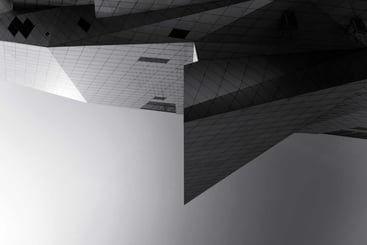Relevant Contents
Need Tailored Business Continuity Insights?
Contact Us Now for Personalized Guidance!
No matter the condition of your DR environment, you can make it better. Today’s blog provides ideas on how to improve an environment we hope to never use.
We emphasize one overriding principle, possibly the most important consideration in improving your DR environment – ensure that whatever you have in place will actually work. Once you’ve done this, how can you make it more functional?
Here are five things you should consider:
1. Do something – having any type of recovery capability is better than nothing.
If you have nothing, you can:
- Ensure that backups are kept off site.
- Develop a priority listing of business functions, applications, systems, and equipment needed.
- Develop a plan for procuring the necessary equipment, and a location to install and run.
2. Test and Verify.
- Perform regular restore testing. Many organizations have backups, but don’t really know if they can restore the data they contain.
- Perform DR tests. This is more than just individual restore tests. It involves an increasingly complex scope, recovering multiple environments (at least the most critical environments), and testing functionality including interfacing and dependencies. These tests will identify opportunities for improvement and any gaps in your environment.
3. Prioritize and understand risks.
- Perform (or update) a Business Impact Analysis (BIA) and Threat & Risk Assessment (TRA).
- The BIA and TRA will identify any changes in your environment, and requirements that may indicate that changes to your DR environment are needed, such as increased capacity or potential technology changes around replication, network capacity, or server infrastructure.
4. Use of multiple locations.
- Depending on the risk profile of the organization, consider using non-traditional locations for recovery. This may include remote office space or the unused space of a partner. This would be appropriate for less critical systems.
- As part of a multiple location strategy, consider the use of IaaS/cloud for physical environments. Disaster Recovery as a Service (DRaaS) offerings have improved over the past several years, and the reduced cost and maintenance of these solutions over maintaining your own physical infrastructure can be appealing.
5. Include the DR Environment in Change Management.
- Often the DR environment is out of sync with the production environment. This happens when you have not applied patches or you have not migrated application changes. Ensure that changes are included in the DR environment (and not just noted). Doing so will improve functionality, and ensure that the environment is ready for a recovery event.
When considering how to improve or make your DR environment better, remember, better does not necessarily mean new. Rather, you should focus on an increase in the functional capability of the environment. You can do this with older hardware that still meets requirements, some manual steps or processes that address a specific need, or multiple locations to house the systems and applications. Even minor changes can have big impacts.

Richard Long
Richard Long is one of MHA’s practice team leaders for Technology and Disaster Recovery related engagements. He has been responsible for the successful execution of MHA business continuity and disaster recovery engagements in industries such as Energy & Utilities, Government Services, Healthcare, Insurance, Risk Management, Travel & Entertainment, Consumer Products, and Education. Prior to joining MHA, Richard held Senior IT Director positions at PetSmart (NASDAQ: PETM) and Avnet, Inc. (NYSE: AVT) and has been a senior leader across all disciplines of IT. He has successfully led international and domestic disaster recovery, technology assessment, crisis management and risk mitigation engagements.


